Winter Dies
March 30, 2018The full third moon of passing
winter rears up
against an x-ray white orchard.
There are tree skeletons.
And puddles like black eye sockets.

The full third moon of passing
winter rears up
against an x-ray white orchard.
There are tree skeletons.
And puddles like black eye sockets.

I watch two girls on wheels.
Four neon-green wheels
on each foot. Rollers
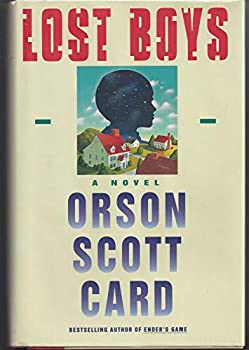
Joseph Smith’s revision of the Pauline closing, “world without end” (Eph. 3:21) to become “worlds without end” (D&C 76:112), is a significant ontological move. Specifically, Smith’s closing provides an opening for contemporary Mormon literature to…
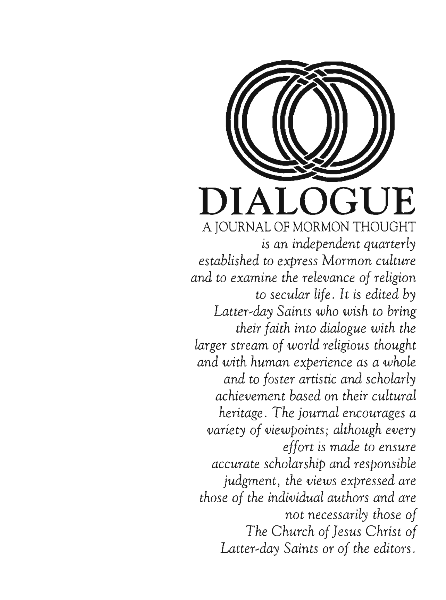
As Latter-day Saints, we are under obligation to fulfill three specific missions: perfecting the saints, spreading the gospel, and redeeming the dead. As LDS writers, we add a particular covenant and mission to “the word…
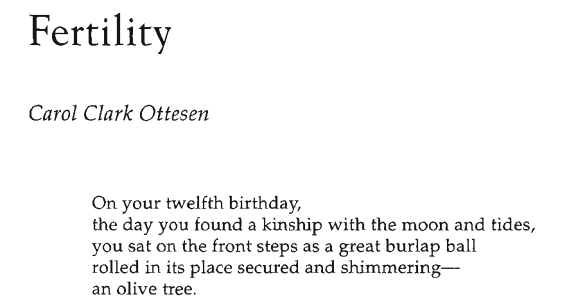
On your twelfth birthday,
the day you found a kinship with the moon and tides,
you sat on the front steps as a great burlap ball
rolled in its place secured and shimmering—
an olive tree.

Consider the Restoration of the gospel as a paradigm for Mormon criticism. Sensing some apostasy from truth, the critic rectifies this falling away through an act of restoration. As Joseph Smith sensed something incomplete about…

They’d come from practice at the gym,
their hair steaming,
and in the flirt and banter
would reach inside my girlfriend’s car

The first example of what could be called a Mormon short story was written by an apostle, Parley P. Pratt. It was published in the New York Herald on January 1, 1844, and collected in…
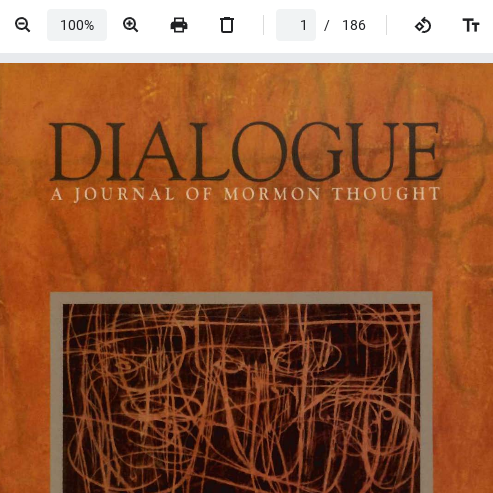
Two decades have passed since Dialogue last published an issue entirely devoted to Mormon literature. In the meantime literary writing about Latter-day Saints has been burgeoning both in LDS and national markets—so much so that it is difficult for literary critics to keep up with this growing body of novels, plays, poetry, and literary nonfiction. It is very important, however, that they try. To have a sense of the future of Mormon literature, it is vital that we see how present writings articulate with traditions from the past.
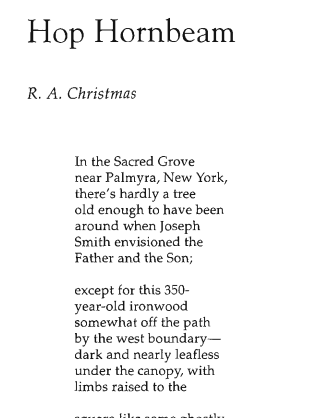
In the Sacred Grove
near Palmyra, New York,
there’s hardly a tree
old enough to have been